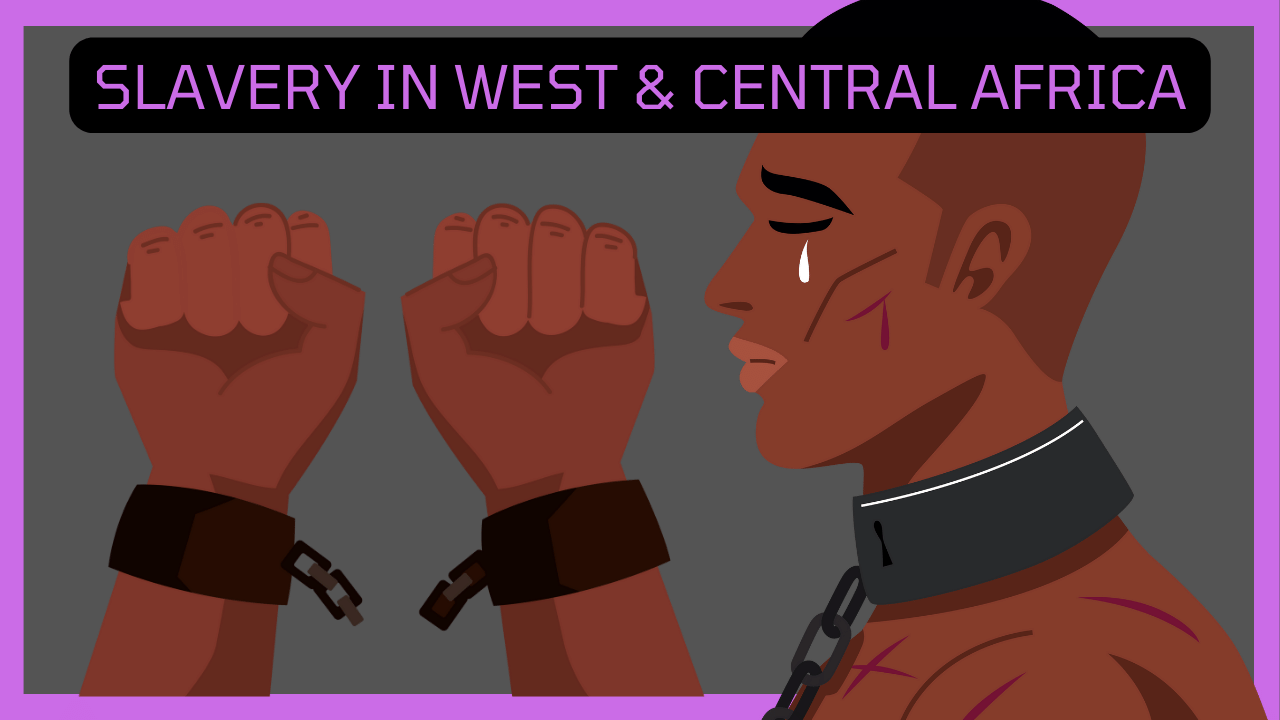I will be doing a discussion around the Atlantic slave trade, as it is often presented in a one-sided narrative, understandably so. As an African and a lover of our history, it is pertinent for me to present my perspective on this subject matter.
In an effort to counterbalance this perspective, some individuals from within and outside our community shed light on the existence of slavery in Africa. While it’s true, the topic is rarely engaged in a meaningful way. Today, we delve into the nature of slavery in Africa, comparing and contrasting it with the more familiar institution in America.
Diverse Africa
Africa, a continent rich in diversity, encompasses a tapestry of cultures, languages, religions, and worldviews. The institution of slavery in Africa naturally expressed itself in varied ways across this vast landscape.
Hierarchical Slave Model
A significant difference arises when we examine the hierarchical slave model in West and Central Africa. Unlike the rigid structure of American slavery, West and Central Africa featured different classes of enslaved individuals – royal or court slaves, military or conscripted slaves, and agricultural or domestic slaves. This nuanced system allowed for varying levels of freedom and lifestyle within the enslaved population.
Acquisition of Power
Perhaps the most critical distinction lies in the potential for enslaved individuals in West and Central Africa to acquire power. This contrasts starkly with the American experience, where such acquisitions were virtually unheard of. The top 1% of enslaved individuals, known as royal or court slaves, wielded considerable political and military influence within African empires.
Cultural Context
Understanding slavery necessitates acknowledging its local and temporal context. While common themes exist, Africa’s diverse cultures contribute to variations in the institution of slavery. It’s crucial to recognize these differences within the continent.
Dehumanizing Aspects
Though acknowledging dehumanizing elements in African slavery, especially in West Africa, it’s important to highlight the variability in the quality of life for enslaved individuals within the hierarchical model. Life for these individuals could range from disposable roles as conscripted soldiers to considerable wealth and status as royal slaves.
Complexity and Nuance
The differences between American and African slavery deserve attention and nuance. West and Central African civilizations, including Mali, Songhai, Oyo, the Igbo people of Nigeria, and the peoples of Congo, displayed a hierarchical slave model. This system facilitated varied lifestyles, allowing some enslaved individuals to amass significant wealth and power.
Conclusion
In conclusion, the nature of slavery in Africa, particularly in West and Central regions, challenges the simplistic narratives often associated with the Atlantic slave trade. By recognizing the diversity within Africa and understanding the hierarchical slave model, we gain a more nuanced perspective on this complex historical chapter.
As we explore this multifaceted history, we strive for meaningful discussions that transcend conventional viewpoints, inviting a deeper understanding of the intricate tapestry of human experiences.
Abbey Johnson has a Masters degree as an engineer and has over 3 years of teaching and research experience. He is happiest when on a bike and is also interested in electric energy and computer Science.

